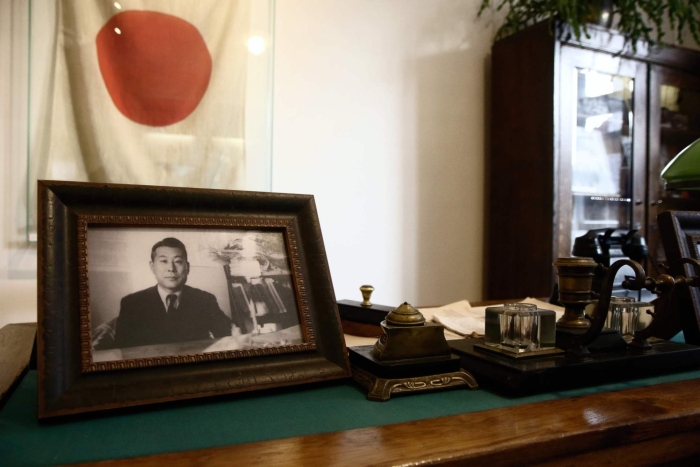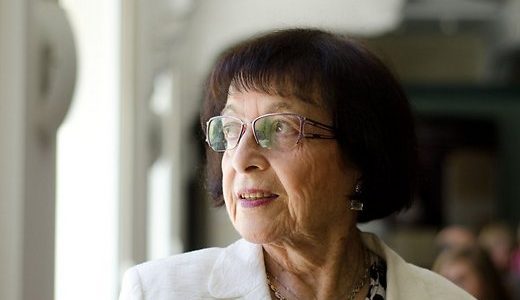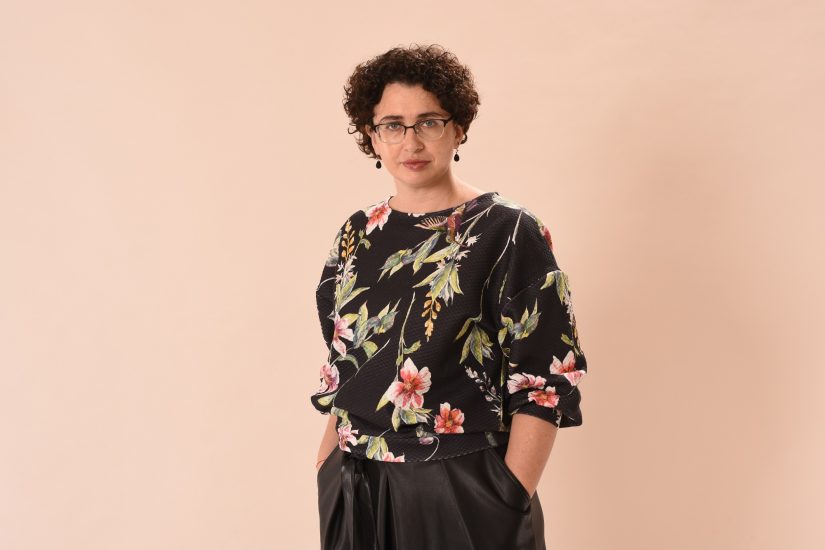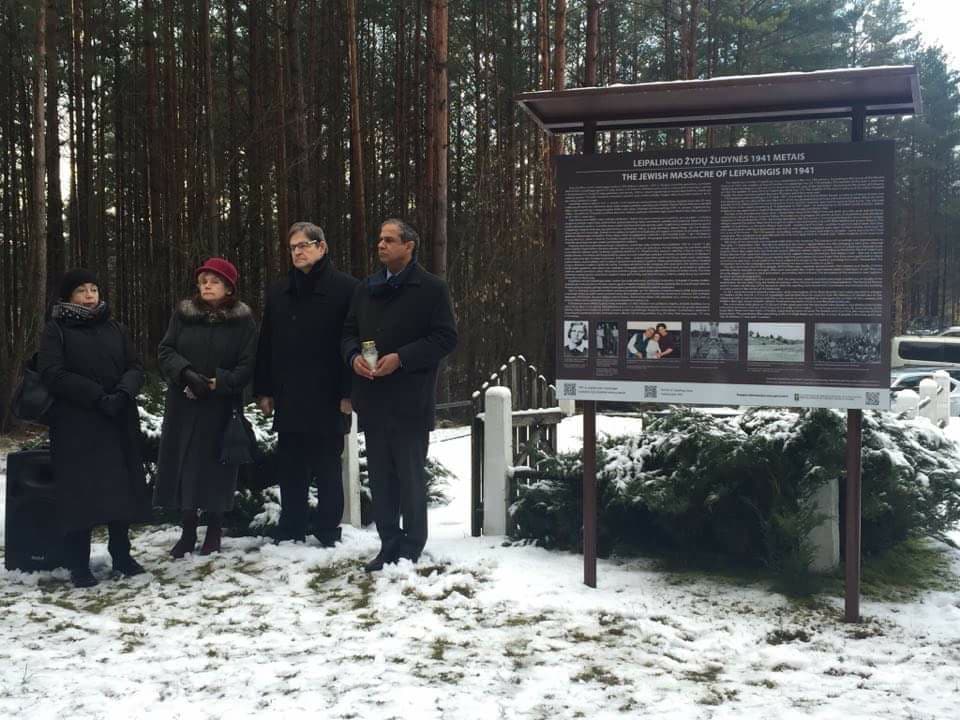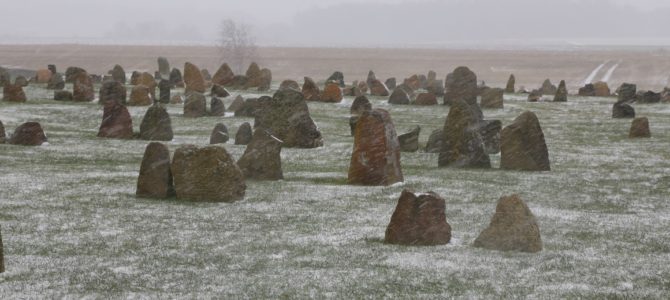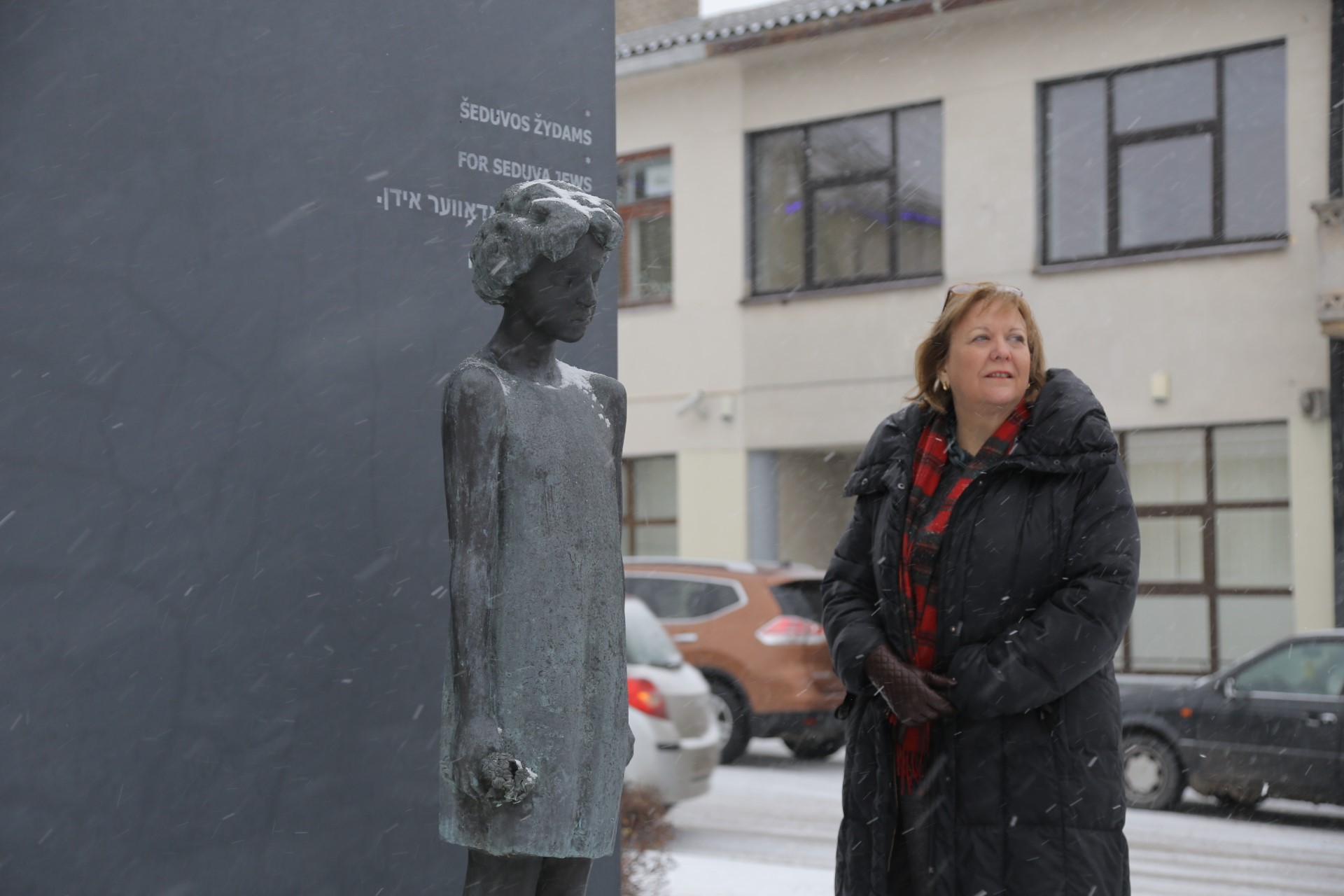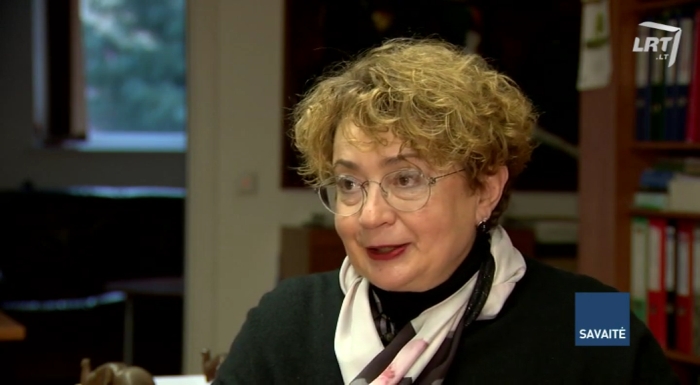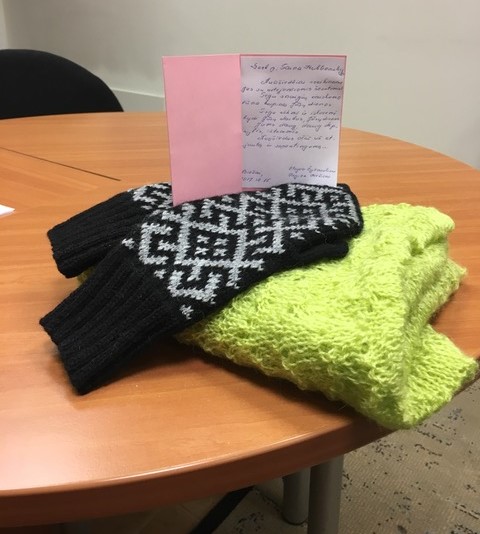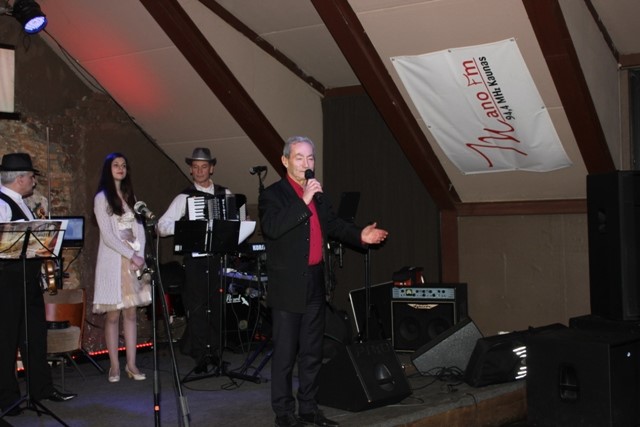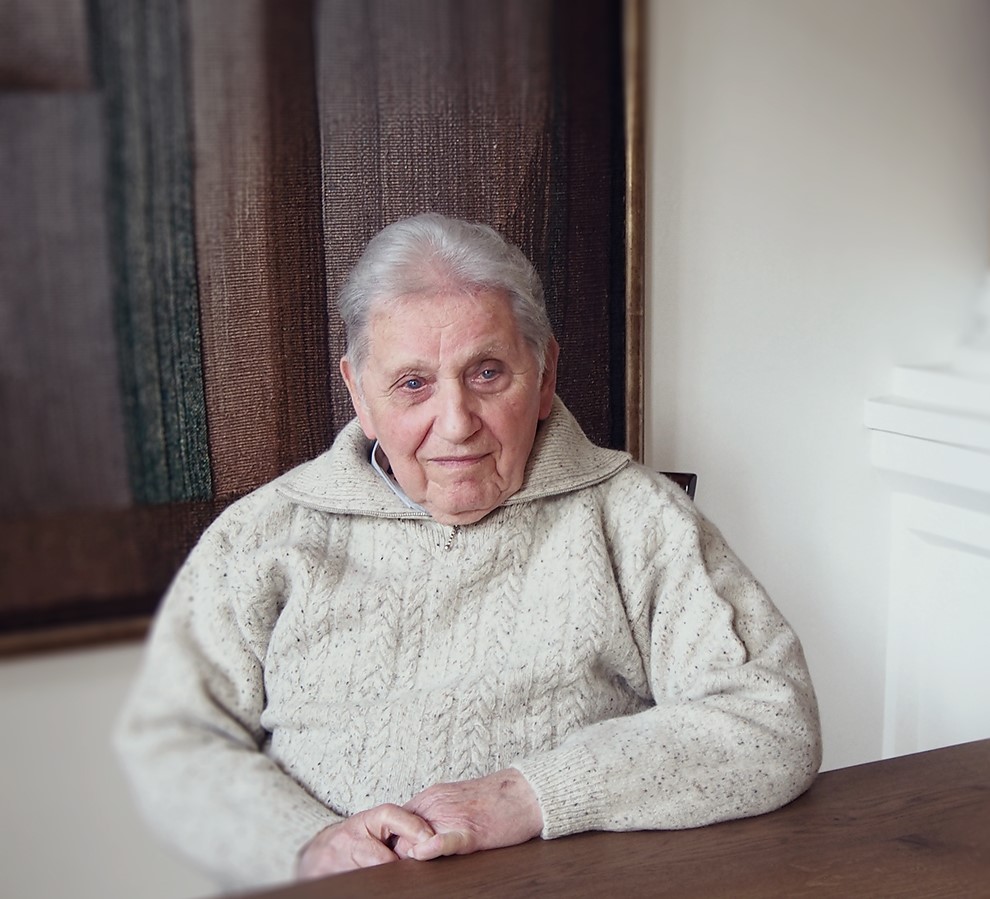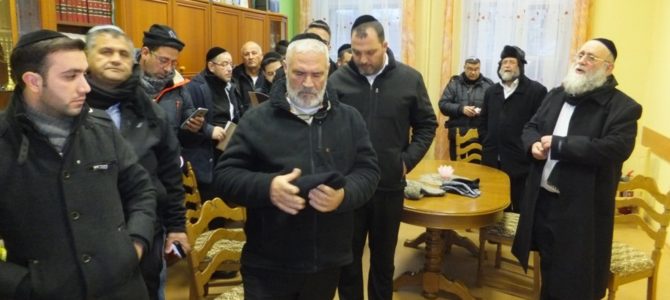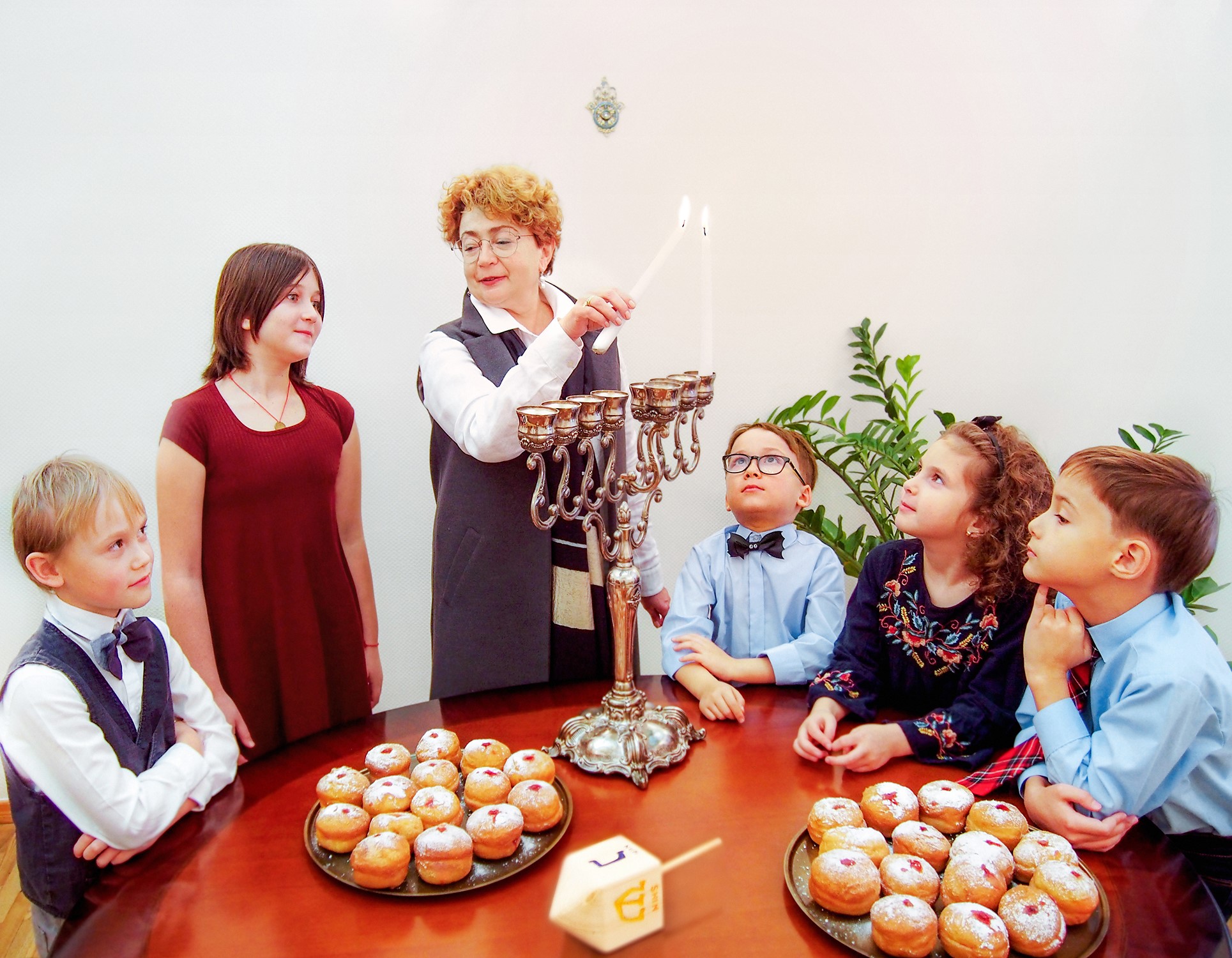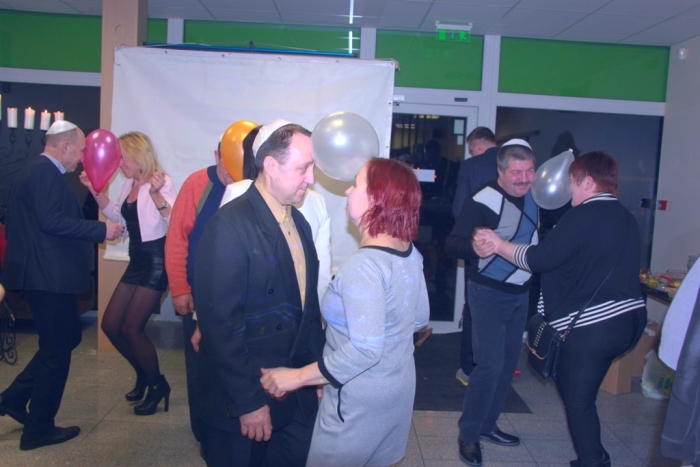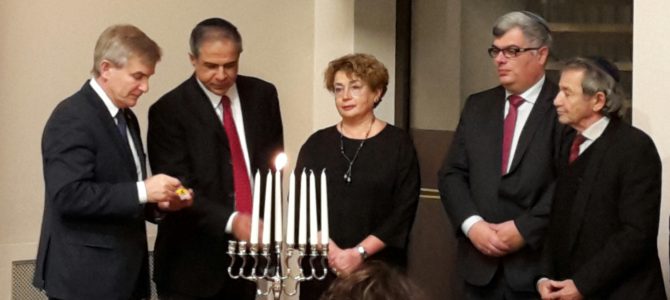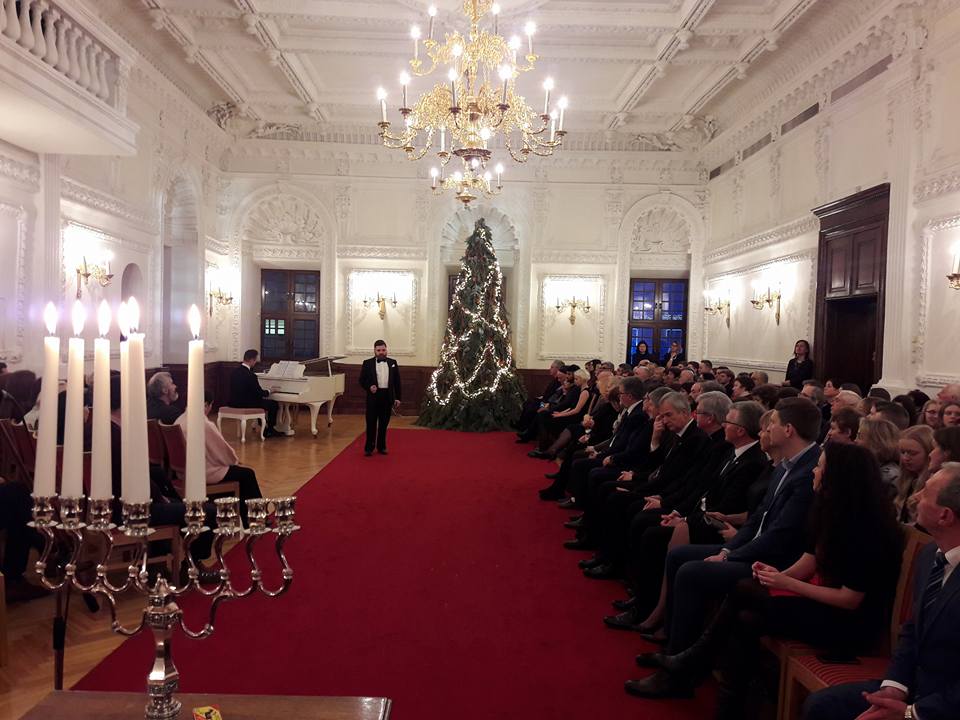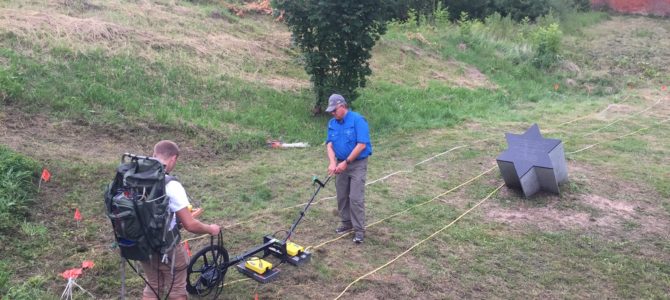A group of intellectuals, politicians, public figures and journalists from the Lithuanian-American Association have expressed their opposition to Lithuania’s vote at the United Nations General Assembly on December 21 in favor of a non-binding resolution rejecting the decision by US president Donald Trump to move the US embassy to Israel from Tel Aviv to Jerusalem. They said Lithuania’s vote against the US position went against Lithuania’s national interests.
“It doesn’t really matter what the subject of the vote was. What’s important is that the US publicly and officially asked not to vote against them, and Lithuania voted against them. In this case it would have been possible to balance both the interests of the US and the European Union, as Latvia and Poland did. They abstained in the vote. If we want to believe a US soldier is prepared to die for Lithuania’s freedom, then we must take US positions into greater consideration. We all aspire to a unified Lithuanian foreign policy, but in this case this vote seemed unfair to one part of society. For that reason we are expressing a different opinion,” Lithuanian-American Association president professor Raimundas Lopata told Delfi.
Statement
Taking into consideration that on December 21, 2017, Lithuania voted in favor of the United Nations resolution on Jerusalem, that is, against the position of the United States and without regard to the clear request by the US not to vote against them;
That Lithuania’s neighbors Poland and Latvia did take this request into consideration and abstained in the vote;
That US ambassador to the UN Nikki Haley said after the vote that “the US will remember this day in which it was singled out for attack in this assembly;”


